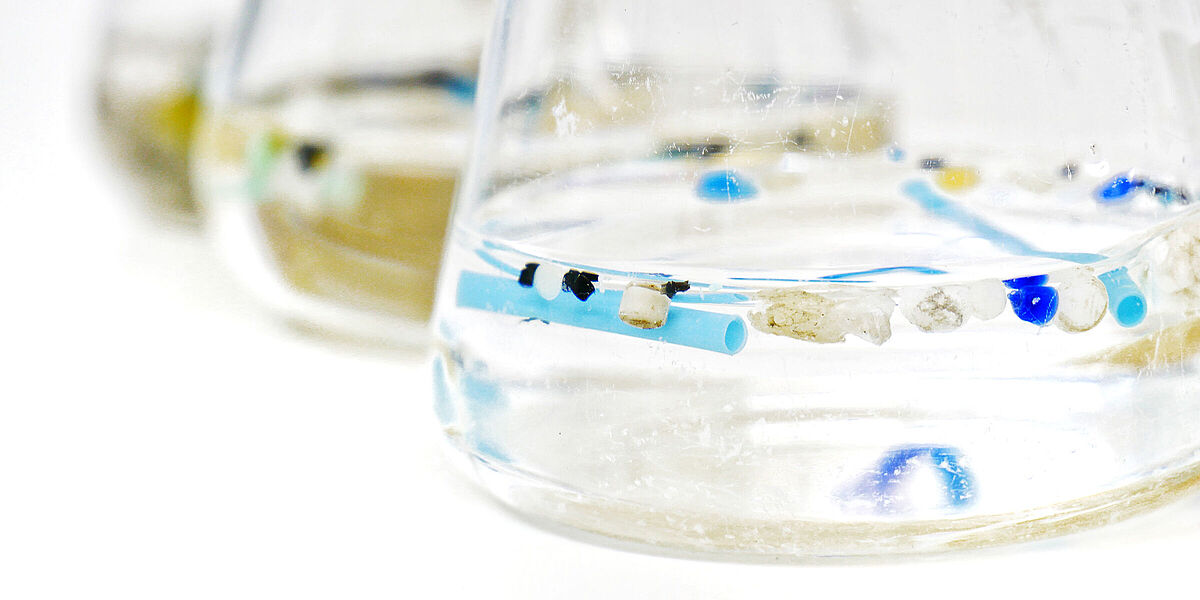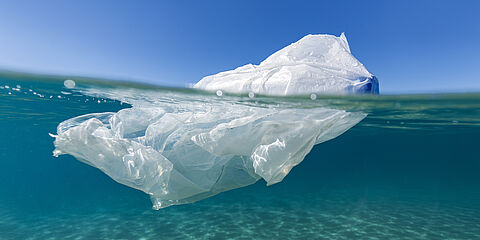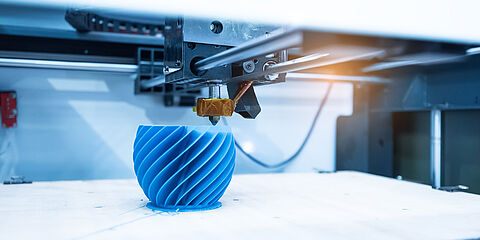How do microplastics affect living organisms?
Microplastics can be found almost everywhere in our environment, that much we know. But how do they get there? What are these small particles composed of? And what danger do they pose to humans and animals? The partners in the EU research project “MikroPlastiCarrier” wanted to answer these questions and pursued the answers during three intensive years of research. The joint project of WESSLING, the international analysis, testing and consulting company, of Quantum Analysis GmbH, of the Biomedical Technology Centre (BMTZ) of the University of Münster and TASCON GmbH, which was funded by the European Regional Development Fund (ERDF), has now been completed.

The results present a precise description and characterisation of microplastic particles using new analytical techniques. “We have succeeded in using newly developed measuring and detection methods to detect microplastic particles even more precisely in aqueous and environmental samples", explains Dr Jens Reiber, coordinator of the research network (WESSLING GmbH). Until now, the identification of microplastics up to a size of five millimetres was very labour- and time-intensive.
The project also provided interesting results for the assessment of the risk potential of microplastics: it was shown that pollutants can adhere to these particles. The level of contamination depends strongly on the type of plastic. In addition, the development of new tests have demonstrated that the particles can be absorbed by aquatic organisms and cells. This has created the initial basis for examining the risk potential even more closely in the future.
Research is still in its infancy
Since methods for the analysis of microplastics are still in their infancy, the “MikroPlastiCarrier” research project makes a considerable scientific contribution to the clarification of fundamental questions and tasks, such as the effects of microplastics on living organisms or the identification of contaminated environmental samples.
Sponsored by:




